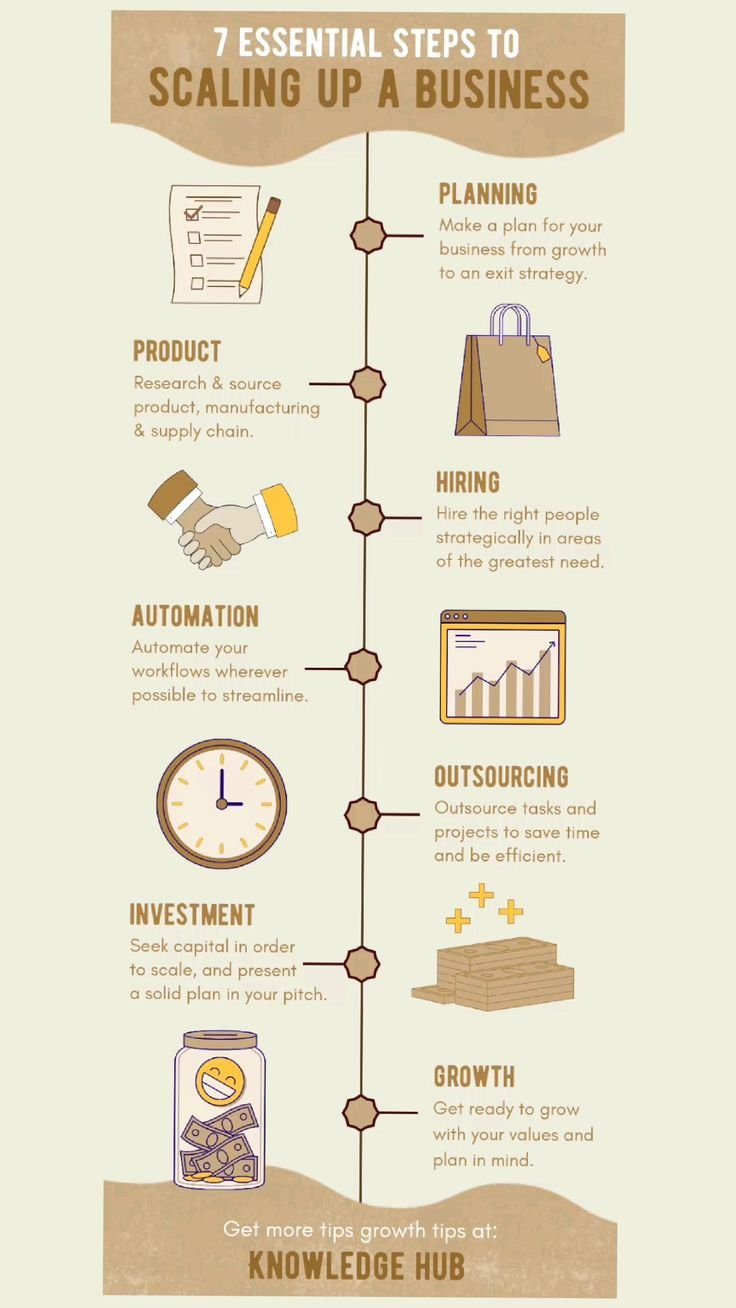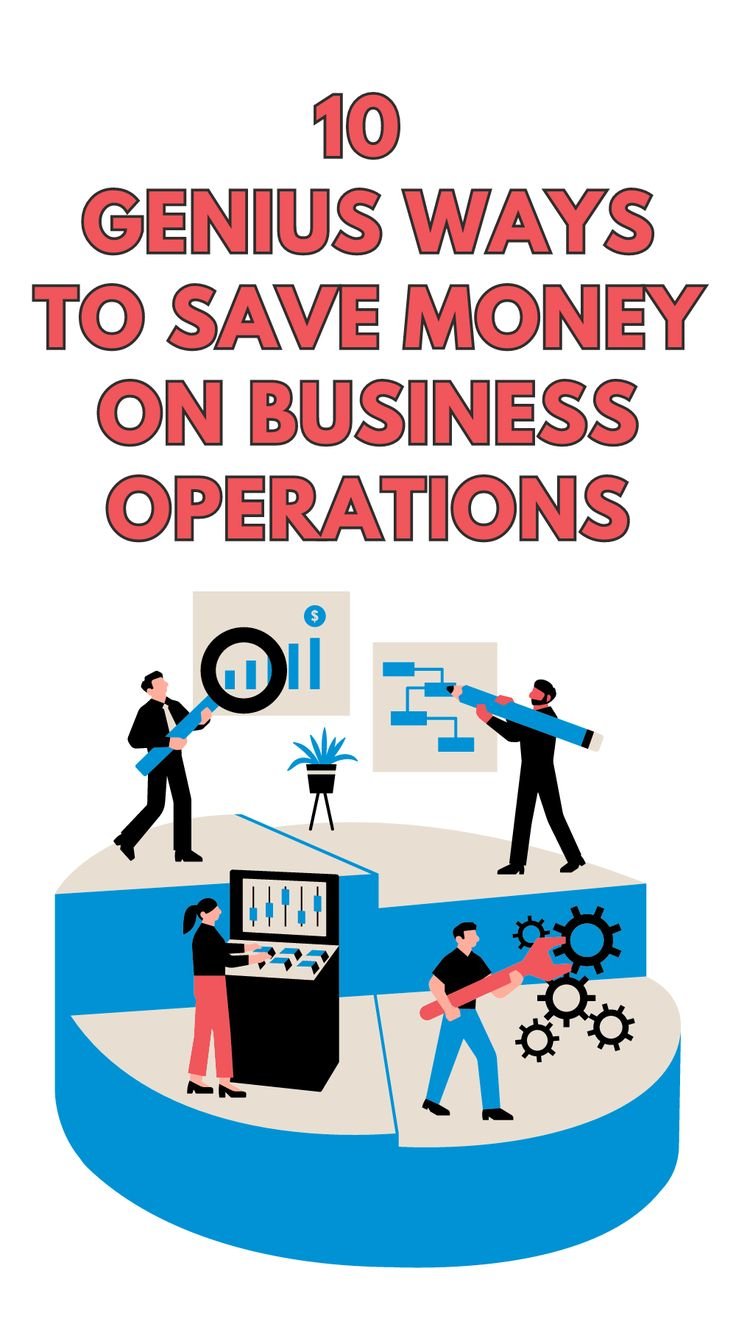Scaling a business requires more than just increased revenue—it demands strategic operational efficiency, smart funding, and adaptive leadership. Based on LavaCards’ analysis of 500+ successful scale-ups, here’s a tactical roadmap to sustainable growth in 2024-2025.
Phase 1: Validate Before Scaling (0-$1M Revenue)
1. Prove Unit Economics
- Must-have metrics:
- Customer Acquisition Cost (CAC) < 12 months Lifetime Value (LTV)
- Gross margins ≥ 50% (60% for SaaS)
- Red flag: Scaling with negative contribution margins
2. Build a Repeatable Sales Process
- Document exact steps from lead to close
- Automate CRM workflows (HubSpot, Pipedrive)
- Test 3 acquisition channels (1 organic, 1 paid, 1 partnership)
Case Study: B2B startup Close.com grew 300% YoY by doubling down on outbound email + LinkedIn.
Phase 2: Systematize Growth ($1M-$10M Revenue)
3. Hire “Athletes” Over Specialists
- Early-stage teams need adaptable generalists
- Critical first 10 roles:
- Operations
- Full-stack marketer
- Customer success lead
4. Implement Financial Controls
- Weekly cash flow forecasts (12-week rolling)
- Departmental budgets with 25% flexibility
- New 2024 tool: Ramp.com for real-time spend analytics
Scale-up killer: Running out of cash despite profitability (fix with AR/AP automation).
Phase 3: Scale Intelligently ($10M-$50M Revenue)
5. Geographic Expansion Playbook
- Criteria for new markets:
- Existing demand (track Google Trends + export data)
- Local payment preferences (e.g., Pix in Brazil)
- Regulatory simplicity (Singapore > Germany for first int’l office)
6. Product-Led Growth Engine
- Freemium → Paid conversion boosts Enterprise sales
- Key metrics:
- 5%+ weekly active users (WAU)
- 30-day retention ≥ 40%
Example: Canva’s template library drove 80% of premium signups.
Phase 4: Optimize Market Leadership ($50M+ Revenue)
7. Vertical Integration Strategies
- Why? Control 40-60% cost margins in manufacturing
- How:
- Acquire suppliers (Bolt-on M&A)
- In-house key tech (Warby Parker’s lab investments)
8. Data Moats Beat Marketing
- Collect proprietary datasets:
- Customer behavior flows
- Industry benchmarks
- Monetization: API access or insights reports
2024 Shift: First-party data replaces third-party cookies.
Funding Roadmap for Each Stage
| Stage | Best Options | Key Terms |
|---|---|---|
| Pre-revenue | Grants, pre-seed | SAFE notes, ≤15% equity |
| $1M ARR | Venture debt | 8-12% interest, warrants |
| $10M ARR | Growth equity | 3-5x revenue multiples |
| $50M+ | IPO/SPAC | 12-18 month runway post-listing |
Pro Tip: Always raise 18 months of runway—2025’s market favors extended cycles.
5 Operational Must-Haves for Scaling
- OKR system (Align teams to 3 quarterly objectives)
- Automated financial reporting (Pilot.com for startups)
- Employee equity pool (10-15% for key hires)
- Legal playbook (Standardized contracts in Ironclad)
- Crisis protocols (Supply chain, PR, cybersecurity)
2024-2025 Growth Hack Shortlist
- AI co-pilots for sales (Gong, Chorus)
- Embedded finance revenue (Shopify Balance model)
- Talent marketplaces for fractional executives (Graphite)
Avoid: Over-hiring—2025’s rule is “10% headcount per 30% revenue growth.”
Scaling Traps to Sidestep
⚠ Founder-led sales beyond $5M ARR
⚠ Manual processes that don’t automate at 100 employees
⚠ Global expansion before nailing home market retention
Post-scale tip: Board observers provide oversight without dilution.
Final Checklist Before Scaling
✔ Unit economics validated
✔ Playbooks documented for all key functions
✔ 18-month cash runway secured
✔ Leadership team gap analysis completed
Last Insight: “Scale-ups that grow 30-50% YoY sustainably outlive those chasing 200% with chaos.”











